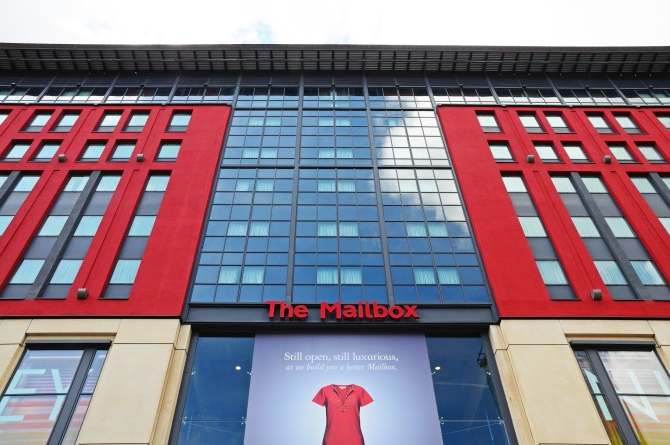Saltley Business Park in Birmingham has been sold to new joint venture owners as part of the £146m sell off of Hansteen UK Industrial Property Unit Trust’s (HPUT) 42-asset portfolio.

The West Midland’s commercial estate — situated north of the city and which generates almost £5m in annual rent — was sold for £35.6m to Mailbox co-owner Brockton Capital and property investor Hansteen, which will continue to manage the scheme.
“We are delighted to have established a new partnership with Brockton Capital at Saltley Business Park and look forward to working with them on what is a significant and strategically important landholding in Birmingham,” commented Morgan Jones, Hansteen’s joint chief executive.
“This site has a history of being traded at very high prices and whilst it falls into the zone of influence of HS2, we believe the property and its business plan has a strong future, not least because of its strong income profile.”
Tony Edgley of Brockton Capital — co-owner of Birmingham leisure and retail scheme the Mailbox — said: “This is a first class, geographically diversified portfolio with excellent credit risk and a wide range of properties for all types of light industrial, storage and business users across a range of sectors … This is the first in a number of light industrial estate acquisitions that we are likely to undertake.”
The Saltley deal is part of a wider disposal by HPUT which saw the shedding of its entire UK multi-let industrial property portfolio. The remaining 41 assets have been acquired by a fund advised by Brockton Capital in a partnership with Dunedin Property for £110.5m.
Launched in 2009 with £90m in equity from HPUT itself and five institutional investors, the total floor area of its sale assets is just over three-million square feet. The combined portfolio, made up of sites across England, Wales and Scotland, also includes 25.7 acres of development land.
UK director, Mark Ovens, explained the trust was launched to take advantage of the economic downturn and the high level of distressed assets.
“Acquisitions were made up to December, 2011, predominantly from situations where banks were involved. Intensive asset management and some smaller sales followed before the final exit,” he added. “It is tremendously satisfying to have launched the fund, met the investment return objectives and returned the capital to unit holders within the timescale envisaged at the outset.”